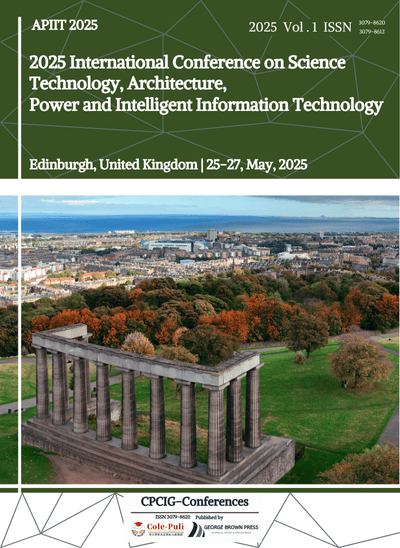Study on Whole-Life-Cycle Management of Green Building Projects
DOI:
https://doi.org/10.71222/29cz5429Keywords:
green building, whole-life-cycle management, performance evaluation, cost control, risk managementAbstract
With the deepening of global sustainable development concepts, green buildings have demonstrated significant value in energy conservation, emission reduction, efficient resource utilization, and environmental friendliness. However, traditional project management often focuses on a single phase and lacks systematic control spanning from planning and design through operation and decommissioning. Based on Life Cycle Management (LCM) theory, this paper constructs a whole-life-cycle management framework covering four stages — planning and design, construction implementation, operation and maintenance, and decommissioning and recycling — and proposes key methods such as target setting, performance monitoring, cost control, and risk management. Through case studies of representative domestic and international green building projects, the effectiveness of the proposed indicator system and management strategies in controlling energy consumption, reducing carbon emissions, and optimizing economic benefits is demonstrated. The study shows that whole-life-cycle management not only enhances the overall performance of green buildings, but also promotes industry standardization and technological innovation, providing decision-making references and practical guidelines for governments, owners, and design-build teams.
References
1. Q. Li, W. Yang, N. Kohler, L. Yang, J. Li, Z. Sun, H. Yu, L. Liu, and J. Ren, "A BIM–LCA Approach for the Whole Design Process of Green Buildings in the Chinese Context," Sustainability, vol. 15, no. 4, p. 3629, 2023, doi: 10.3390/su15043629.
2. H. Feng, M. Kassem, D. Greenwood, and O. Doukari, "Whole building life cycle assessment at the design stage: a BIM-based framework using environmental product declaration," Int. J. Build. Pathol. Adapt., vol. 41, no. 1, pp. 109–142, 2023, doi: 10.1108/IJBPA-06-2021-0091.
3. L. Pu and Y. Wang, "The combination of BIM technology with the whole life cycle of green building," World J. Eng. Technol., vol. 9, no. 3, pp. 604–613, 2021, doi: 10.4236/wjet.2021.93042.
4. S. Li, Y. Lu, H. W. Kua, and R. Chang, "The economics of green buildings: A life cycle cost analysis of non-residential buildings in tropic climates," J. Clean. Prod., vol. 252, p. 119771, 2020, doi: 10.1016/j.jclepro.2019.119771.
5. B. Huang, "BIM technology application strategy in the whole life cycle of green building," Forest Chem. Rev., pp. 215–223, 2021, doi: 10.17762/jfcr.vi.202.
6. Z. Yang, M. Li, E. D. Chen, H. Li, S. C. Cheng, and F. Zhao, "Research on the application of BIM-based green construction management in the whole life cycle of hydraulic engineering," Water Supply, vol. 23, no. 8, pp. 3309–3322, 2023, doi: 10.2166/ws.2023.190.
7. K. Alzarooni, R. Zakaria, N. I. Abidin, J. S. Khan, S. M. Shamsuddin, S. R. Sahamir, and D. N. Abas, "A review of joint man-agement body and life cycle cost analysis for green building project facilities management," Chem. Eng. Trans., vol. 97, pp. 439–444, 2022, doi: 10.3303/CET2297074.
8. H. Feng, J. Zhao, H. Zhang, S. Zhu, D. Li, and N. Thurairajah, "Uncertainties in whole-building life cycle assessment: A sys-tematic review," J. Build. Eng., vol. 50, p. 104191, 2022, doi: 10.1016/j.jobe.2022.104191.
9. Q. Wen, Z. Li, Y. Peng, and B. Guo, "Assessing the effectiveness of building information modeling in developing green build-ings from a lifecycle perspective," Sustainability, vol. 12, no. 23, p. 9988, 2020, doi: 10.3390/su12239988.
10. Z. Guo, Q. Wang, N. Zhao et al., "Carbon emissions from buildings based on a life cycle analysis: carbon reduction measures and effects of green building standards in China," Low-Carbon Mater. Green Constr., vol. 1, p. 9, 2023, doi: 10.1007/s44242-022-00008-w.
Downloads
Published
Issue
Section
License
Copyright (c) 2025 Tiantian Jia (Author)

This work is licensed under a Creative Commons Attribution 4.0 International License.



